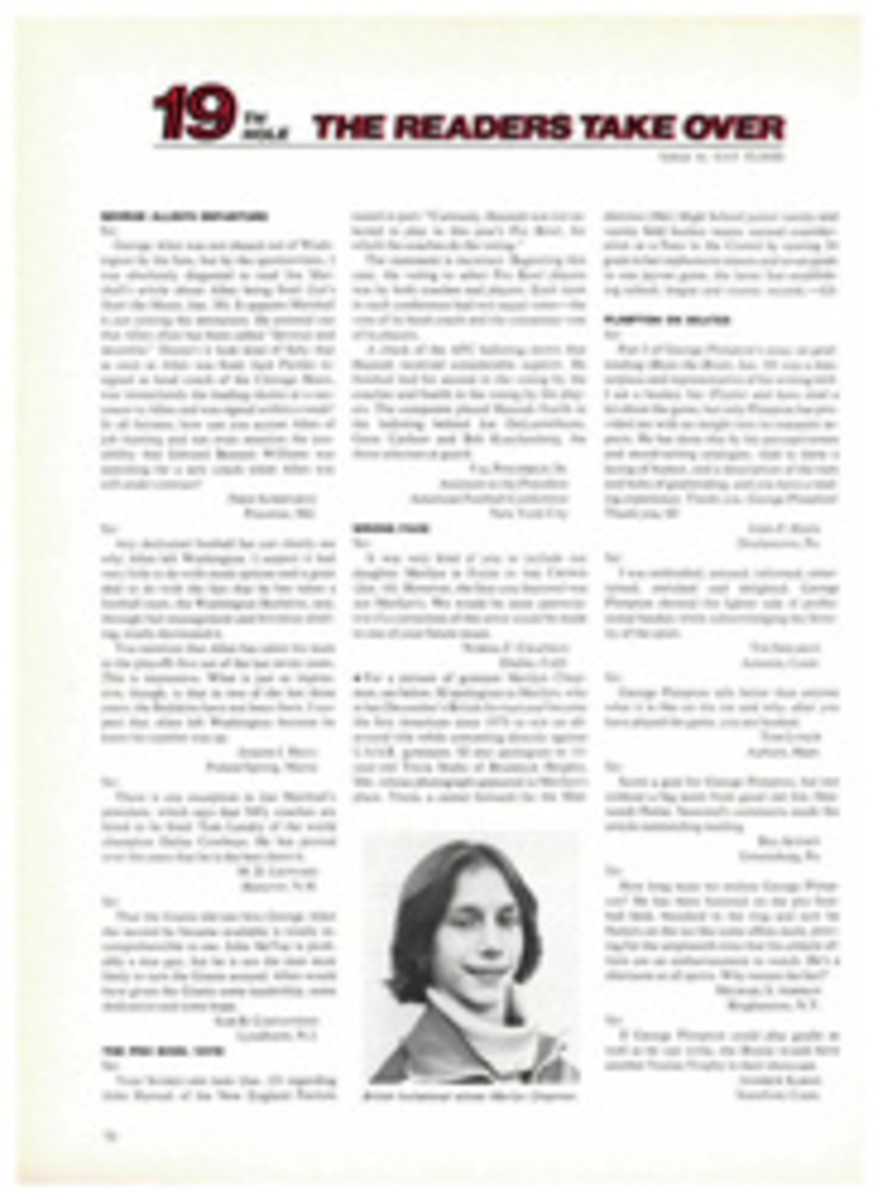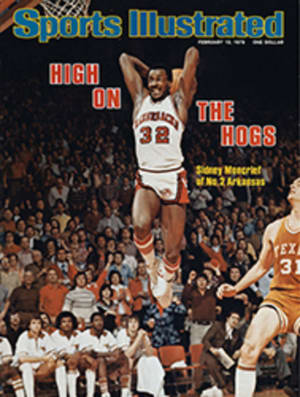
FOR BIRD WATCHERS, THE AUTHORIZED BIOGRAPHY OF ROGER TORY PETERSON
Will Rogers traveled so much and attended so many banquets that his homecomings were events. When he sat down to dinner on one occasion, the story goes, his wife said to their children, "The man with us tonight, I am sure, needs no introduction..." and Rogers automatically stood up to make a speech.
Roger Tory Peterson may rank second to Will Rogers in miles traveled and lectures delivered. He began making speeches about birds for the Audubon Society in 1935, and he has gone on talking about birds and writing about them and painting them ever since. He once made 11 speeches in four days. When he arrived for his first lecture at the Brooklyn Academy of Music, he was terrified to discover an audience of 1,500 children. But ah ornithological friend helped him out. Peterson told a ghost story about a screech owl. He imitated its ghostly call, and from the dark balcony there came a perfect imitation of the owl's screech in reply. After that, the children were in the palm of his hand. The Audubon Society had only 3,500 members in those days (today there are more than 350,000) and little money. Peterson drove his own second-hand Buick coupe, sometimes 200 to 300 miles in a day, week after week. He recalls that he could keep up the pace for about three weeks, "...after that, I was a bore."
One thing Roger Tory Peterson does not need is an introduction, at least not among bird watchers. That there are more than 20 million in the U.S. today is due in no small part to his work, plus the energy and passion that went into promoting it.
John C. Devlin and Grace Naismith, in The World of Roger Tory Peterson (Times Books, $14.95), report that Peterson's pioneering A Field Guide to the Birds, first published in 1934, is in its 47th edition (more than two million copies) and has spawned many rival guides. Peterson has earned eight honorary degrees, 26 awards in art, ornithology, conservation and public service. In 1975 he was chosen the most famous person to have come from Jamestown, N.Y., defeating Lucille Ball by one vote.
Peterson was born in 1908, the son of a Swedish-immigrant father and a German-immigrant mother. His seventh-grade teacher inspired his interest in birds when he was 11 years old, and Ernest Thompson Seton's Two Little Savages, a boys' book that combined a moderately interesting story with instructions and plans for building cabins and traps and getting along in the woods, also intrigued the fledgling ornithologist. By the time Peterson graduated from high school at 16 he was so well known locally for his drawings of birds and plants that the yearbook captioned his photograph HERE ARE THE MAKINGS OF A GREAT NATURALIST. At age 17, with $80 saved from his job in a furniture factory—he lacquered expensive liquor cabinets, which were status symbols during Prohibition—he set off for New York to attend a three-day meeting of the American Ornithologists' Union, where two of his paintings had been accepted for exhibition. It was here he met experts in the field who were to become early mentors and lifelong friends.
Peterson was a public figure from the start. Authors Devlin and Naismith define that public as a mèlange of artists, scientists, conservationists, rivals and friends, and a horde of hero-worshipping followers. The authors taped more than 100 interviews. And there is a feeling, in reading the book, that Peterson was often more of a public figure than he wanted to become. His own books, especially Birds Over America, have a brisk, matter-of-fact air, with every person and every bird introduced with some bright, particular identifying fact, but in this authorized biography there is a monotony of organizations and officials. Characters become titleholders: "...one-time president of the Canadian Audubon Society"; "...former curator of the Bruce Museum"; "Elliot Richardson, later to be Ambassador to Britain...." (who was a student when Peterson taught painting). Comments throughout the book are admiring without being revealing. "One of Roger's characteristics as a genius...is absentmindedness." "He was born a genius to do what he wanted to." "Geniuses make their own rules." The authors have tried to humanize the testimonials by writing extensively of Peterson's three marriages, quoting friends, wives and ex-wives impartially, resulting in passages like this:
Mildred wanted children.
Roger did not want children.
Mildred loved music.
Mildred loved people.
Roger loved Mildred.
Roger loved Roger.
What does come through is a sense of Peterson's energy and tenacity, his talent for painting birds, his constant travels, his ability (as Elliot Richardson wrote) to make people see "that there is a lot of life around us that we don't take in because we aren't looking, we aren't listening, we aren't paying attention." The massive research in this book does not give a clear picture of Peterson as an individual, but it does give something perhaps more valuable—it makes you want to read or reread Peterson's own books.

